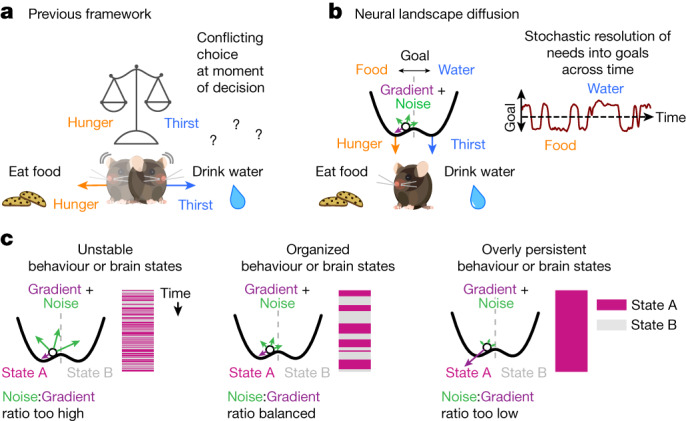Fig. 5. Neural landscape diffusion as a framework for the continuous organization of brain states across time.

a, Previous framework in which needs act directly as forces on behaviour, leading to behavioural conflict under equal needs at the moment of choice. b, In the neural landscape diffusion model, needs act indirectly on behaviour by reshaping an underlying energy landscape. An intermediate goal state diffuses across the landscape directed by landscape gradient and noise. The goal state position at the time when choice is presented determines what decision an animal would make. Owing to the stochastic nature of diffusion, the current goal state may change randomly across time, even without changes to the underlying needs (right). c, Scale parameters controlling the relative strength of landscape gradient and noise can shift the behaviour of the system across regimes of varying stability. Left, excess noise relative to gradient results in unstable states with numerous transitions. Right, excess gradient relative to noise results in overly persistent states that fail to spontaneously transition and remain stuck. Middle, balanced noise and gradient generate organized, sticky behavioural states with spontaneous transitions.
